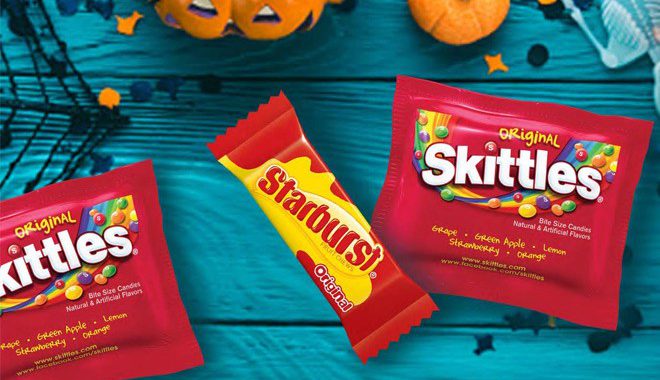 I read a great blog post a few days ago, written by a guest blogger for FARE (Food Allergy Research & Education). The blog post was written to encourage others to participate in Fare’s Food Allergy Heroes Walk. The take-home message for me was simple- Create Awareness.
I read a great blog post a few days ago, written by a guest blogger for FARE (Food Allergy Research & Education). The blog post was written to encourage others to participate in Fare’s Food Allergy Heroes Walk. The take-home message for me was simple- Create Awareness.
My first profession was that of an elementary school teacher. I was young and single, with no children of my own. My ‘awareness’ of food allergies was very limited. I knew of food allergies, I’d heard of people being allergic to peanuts, but had no real understanding what that meant for a child with food allergies or a parent with a food-allergic child. Due to my inexperience, I didn’t have any understanding that being in contact with a peanut, or peanut butter, or a child who just ate a peanut butter sandwich for lunch could produce such disastrous outcomes- anaphylaxis, emergency rooms, feeling like nobody understands. I didn’t ‘get it’ when parents and organizations had wars with the airline industry about banning peanuts as snacks. I just thought, “Well, don’t eat the peanuts then.” I didn’t understand that there are people so allergic to peanuts that by simply breathing in the cabin air on an airplane could make them sick, or that by touching a seat-back someone touched who had recently eaten peanuts and then wiping their eyes, nose, or mouth could have a severe allergic reaction. I also was not aware that there were treatments for food allergies, such as allergy drops/sublingual immunotherapy.
Many years have gone by since I was a teacher, and I’m now a mother of three children, who thankfully do not have food allergies. However, I have become more ‘aware’. Aware of the needs of individuals with food allergies, aware of the needs of individuals as a whole- the need for sympathy and understanding from others, no matter what their ‘cause’ may be.
If you’re looking for a FARE walk, please follow the link to find a location near you.
http://fare.foodallergy.org/site/PageServer?pagename=heroes_walk_active_events




 gue Baseball teams are now offering ‘peanut controlled’ baseball games at their venues. This concept is quite refreshing, and is a positive step towards the inclusion and awareness of food allergies in the sports community.
gue Baseball teams are now offering ‘peanut controlled’ baseball games at their venues. This concept is quite refreshing, and is a positive step towards the inclusion and awareness of food allergies in the sports community. I read a great blog post a few days ago, written by a guest blogger for FARE (Food Allergy Research & Education). The blog post was written to encourage others to participate in Fare’s Food Allergy Heroes Walk. The take-home message for me was simple- Create Awareness.
I read a great blog post a few days ago, written by a guest blogger for FARE (Food Allergy Research & Education). The blog post was written to encourage others to participate in Fare’s Food Allergy Heroes Walk. The take-home message for me was simple- Create Awareness.
 Some parents are frustrated, but experts say the new guidelines are based on convincing results of clinical trials that studied children at risk for peanut allergies. How will this impact the introduction of other foods to infants?
Some parents are frustrated, but experts say the new guidelines are based on convincing results of clinical trials that studied children at risk for peanut allergies. How will this impact the introduction of other foods to infants?